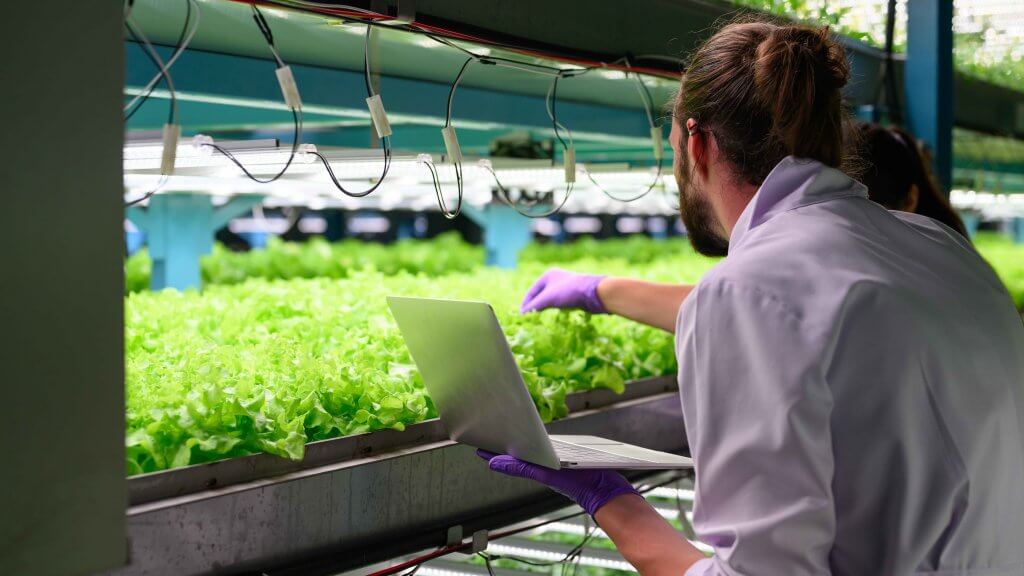
A team of engineers from Cornell University has discovered that integrating artificial intelligence into current environmental control systems could reduce energy consumption in indoor agriculture by up to 25%. Their findings, published in Nature Food, suggest that AI-driven innovations could play a crucial role in making indoor farming more sustainable.
With the United Nations projecting a global population of 9.7 billion by 2050, coupled with the growing impact of climate change and urbanisation, the need for efficient and sustainable food production systems is more pressing than ever. Indoor farming methods, such as plant factories with artificial lighting, offer a climate-resilient solution, but they are energy-intensive and require better resource management.
“Existing environmental control systems are not smart enough,” said Fengqi You, professor of energy systems engineering at Cornell University. He and his team believe that artificial intelligence could be the key to making indoor agriculture more energy-efficient and sustainable.
Using advanced AI techniques like deep reinforcement learning and computational optimisation, the researchers analysed lettuce cultivation in indoor agriculture facilities across eight U.S. cities—Los Angeles, Chicago, Miami, Seattle, Milwaukee, Phoenix, Fargo, and Ithaca—as well as Reykjavík, Iceland, and Dubai, United Arab Emirates.
By optimising lighting and climate regulation systems, the AI reduced energy consumption from 9.5 kilowatt hours per kilogram of lettuce (fresh weight) to 6.42 kilowatt hours per kilogram. In warmer regions like Dubai and the southern U.S., energy consumption dropped from 10.5 kilowatt hours per kilogram to 7.26 kilowatt hours per kilogram.
One of the key strategies was adjusting ventilation patterns: low ventilation during light periods (16 hours simulating sunlight) and high ventilation during dark periods (eight hours simulating night). This approach optimised carbon dioxide levels for photosynthesis and oxygen levels for respiration and plant growth, while balancing other ventilation needs in a more energy-efficient manner.
“This is a very similar concept to smart homes,” You explained. “We want to be comfortable at home while reducing energy use; so do crops. This work focuses on a smart system to make food production optimal, sustainable, and lower the carbon footprint. That’s what AI does very well. We can save quite a bit if we use AI to optimise artificial lighting and other energy systems carefully.”
The findings underscore AI’s potential to transform indoor agriculture by reducing its carbon footprint and improving resource efficiency. As the world grapples with feeding a growing population amid environmental challenges, innovations like AI-powered agriculture could offer vital solutions to help secure food production for the future.